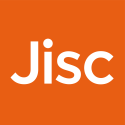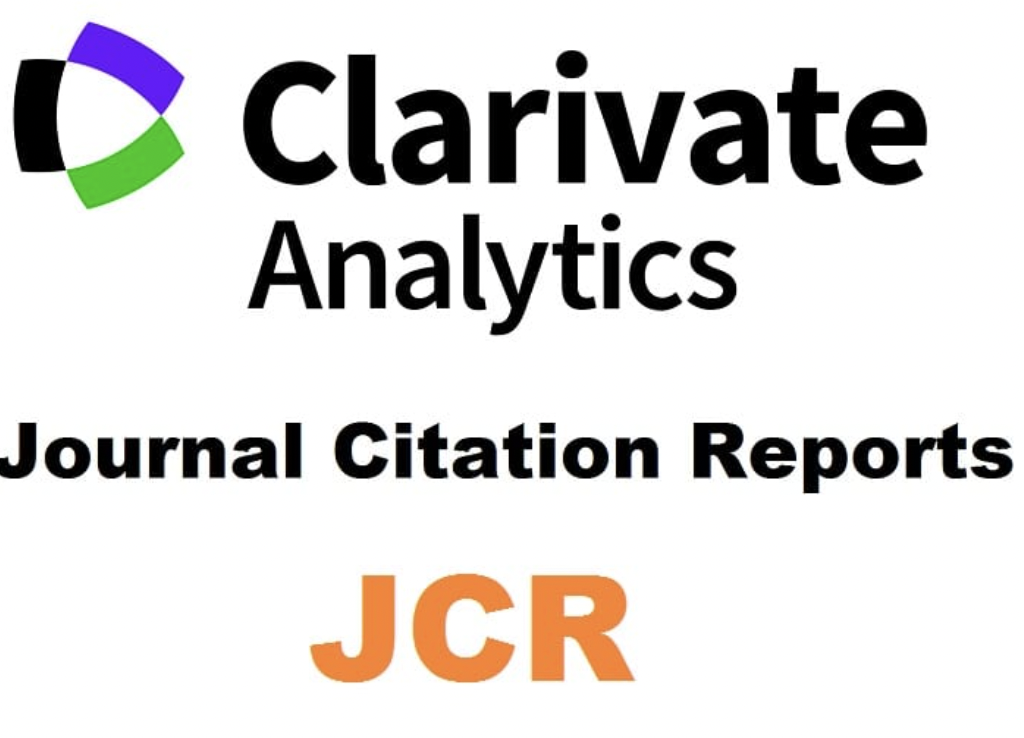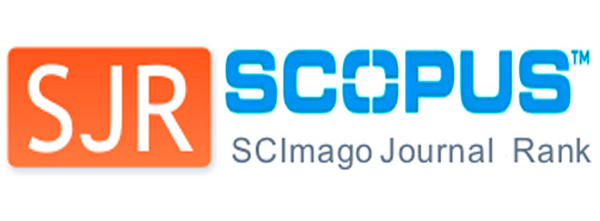An attempt to elaborate a construct to measure the degree of explicitness and implicitness in ELT materials
Abstract
The concepts of explicit and implicit (knowledge) are at the core of SLA studies. We take explicit as conscious and declarative (knowledge); implicit as unconscious, automatic and procedural (knowledge) (DeKeyser, 2003; R. Ellis, 2005a, 2005b, 2009; Hulstjin, 2005; Robinson, 1996; Schmidt, 1990, 1994). The importance of those concepts and components, we believe, must also be acknowledged in language teaching, and consequently in language teaching materials. However, explicitness and implicitness are rather complex constructs; such complexity allows for multiple nuances and perspectives in their analysis, and this fact poses a real challenge for their identification in the learning and teaching process and materials. We focus here on ELT materials and aim at the building of a reliable construct which may help in the identification of their potential for promoting implicit and explicit components. We first determined the features to identify the construct for implicitness and explicitness; next, we validated it and then we applied it to the analysis of the activities included in three sample units of three textbooks. The results were computed along a continuum ranging from 0 to 10 in each activity. The systematization and computation of results will hopefully offer a reliable figure regarding the identification of the degree of explicitness and/or implicitness in the materials analysed.Downloads
-
Abstract456
-
PDF589
The works published in this journal are subject to the following terms:
1. The Publications Services at the University of Murcia (the publisher) retains the property rights (copyright) of published works, and encourages and enables the reuse of the same under the license specified in item 2.
2. The works are published in the electronic edition of the magazine under a Creative Commons Attribution Non-commercial Share Alike 4.0.
3.Conditions of self-archiving. Authors are encouraged to disseminate pre-print (draft papers prior to being assessed) and/or post-print versions (those reviewed and accepted for publication) of their papers before publication, because it encourages distribution earlier and thus leads to a possible increase in citations and circulation among the academic community.
RoMEO color: green







